drag badge here

drag badge here

Andr0ss
gamer level 8
27236 xp
27236 xp
followers
31
31
Use my invite URL to register (this will give me kudos)
https://boardgaming.com/register/?invited_by=andr0ss
profile badges




recent achievements

Gamer - Level 8
Earn Gamer XP to level up!
Earn Gamer XP to level up!

Novice Reviewer
Review 5 games and receive a total of 140 positive review ratings.
Review 5 games and receive a total of 140 positive review ratings.

Paladin
Give 1000 hearts (loyalty points) to a single game
Give 1000 hearts (loyalty points) to a single game

El Dorado
Explore select games by completing a series of exploration actions ...learn more »
Explore select games by completing a series of exploration actions ...learn more »

Add Games to Your Wish List! Navigate to a game page and click on the "Want It!" button
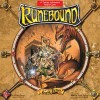

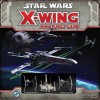


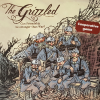


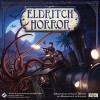

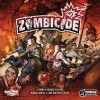







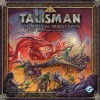






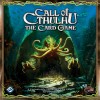


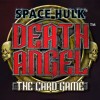







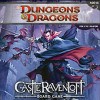
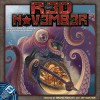

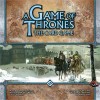

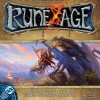

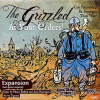



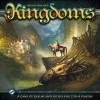

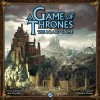

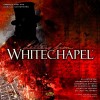
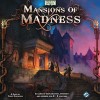


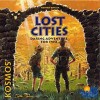


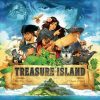
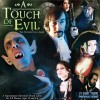


![Go to the Level 7 [Omega Protocol] page Go to the Level 7 [Omega Protocol] page](https://boardgaming.com/wp-content/uploads/2013/06/LEVEL-7-Omega-Protocol--100x100.jpg)


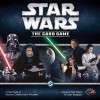

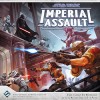






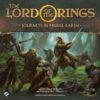
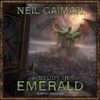

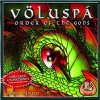


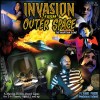
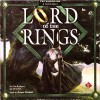
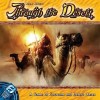

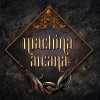


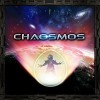

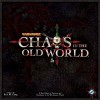
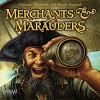



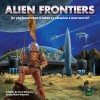
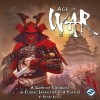
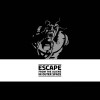
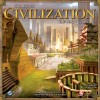


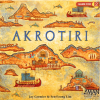


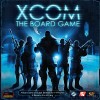
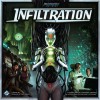

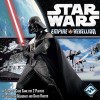
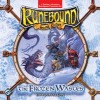
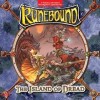

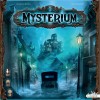
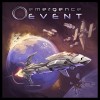


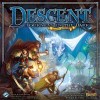

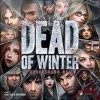

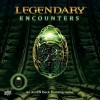





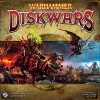

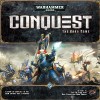



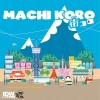



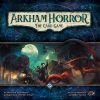



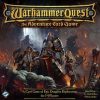










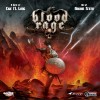
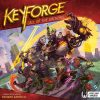
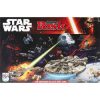

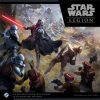

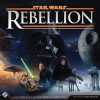












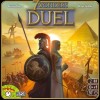












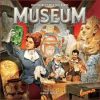



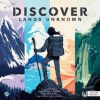







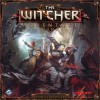


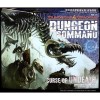

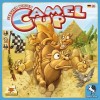

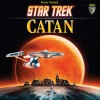


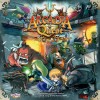
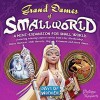
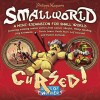

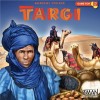





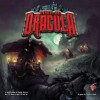

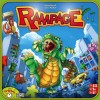




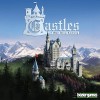

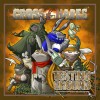
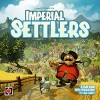



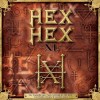



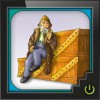





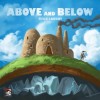


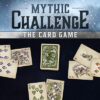
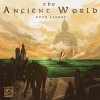






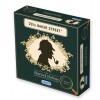

Arkham Horror: The Card Game
Tl;dr: It works. Narrative rocks, campaign is solid, deck-construction = experience points like an RPG. Needs expansions. Don’t bother playing with 4 players, it sucks and there are better 4 player games out there.
It seems every time Fantasy Flight releases a new game it’s always a big event, and for good reason, they’re simply the best publisher in the business. While forum dwellers may debate this fact all day and night, the conversation is rather moot and rhetorical. No other publisher has the sheer level of quality games in diverse categories as Fantasy Flight Games. Arkham Horror is the latest entry by the team of FFG and it hopes to stand toe to toe with its big brother board game of its namesake as well as keep up with the current LCG/Card Game market. Sounds like big shoes to fill. Arhkham Horror the LCG hopes to bring FFG’s pulpy twist to the Lovecraftian Mythos that they’ve been crafting for over a decade into a full fledged narrative driven campaign based game, and it challenges you to keep up with the ride.
First and foremost, Arkham Horror is an LCG, and for those of you who may be unfamiliar with this model (I’m sure at least someone reading this might not know, humor me if not) is that it basically means that you buy a core set of the game to get an idea of what you’re dealing with and get a broad view of the game, as well as should you wish to expand your enjoyment and experience with the game you will be in luck because every month new cards will be released in non randomized packs. This business model has become quite successful over the years for FFG and a few other companies. It allows player to have the option to test a game and see if it is for them, to then buy packs if they wish, said packs are not random and all their contents can be looked up online before to ensure the player doesn’t need to buy something they don’t want.
In theory this is how this works. In practice due to the oh lets say personality traits of players, they feel this model means that they have to buy every pack to ensure they get the full experience out of the game. And to be fair, the cynical part of the back of my head thinks that perhaps those gamers have a point. The issue I tend to have with collectible card game or games of this model is that at times the game is only “good enough” in its core box and additional cards are typically needed to really get the full experience the designer intended. As well as the amount of time typically needed to enjoy one of these games is more or less doubled by the inherent design. You see, in these types of designs players are asked to build their own deck of cards before the game begins. So before you sit down to play the game you’re already thinking about strategies, resources, optimization. I have in the past said that LCGs/CCGs are two games: One is the introverted game you play solo wherein you construct your deck to your type of play and the other is the actual game play and game, itself offering feedback on your deckconstruction.
I have often equated one of these games to an online MMO, as one doesn’t typically play multiple MMOs, one dedicates oneself to one because of the amount of time needed to experience full effect. Leading to a sort of pre-purchase resentment. I bring all of this up because these are common criticisms that are often levied on these type of games and they’re very valid ones at that, but, in my opinion, Arkham Horror not only address these, it solves them.
You see, Arkham Horror The Card Game begins with players picking their own unique investigator and constructing their own deck with some harsh and even constricting beginner deck building rules. The limitations here are a very good thing, I feel, as it gets players into the game faster. As well as each player must begin the campaign with very basic cards. Deckbuilding after a player begins the campaign is tied to your ability to play the game as well as your achievements in the game itself. It is somewhat akin to a roleplaying game where in players gain experience for pushing their limitations as well as meeting new challenges and overcoming them. So when one does get to deckbuild it is still very tight and restricted, forcing tough decisions as players prepare for the next scenario and allowing players to get back the gameplay and campain. Rather refreshing for me as it allowed me to immerse myself in what I was enjoying the most about this game, the story and narrative aspect.
The linear and narrative aspect and nature of the game is by far my favorite, and one that is most strongly benefited by the LCG model. You see, that deck you built is your catalyst to this world. You are thrown into the midst of a grand mystery that spans multiple scenarios (Three in the base game to be exact) and as you move along through the game you’re treated to one of the best uses in narratives in modern game design. The game is simple at first as you learn these new and fresh mechanics as the story spirals out of your grasp and you just chase it down the rabbit hole. And than it ends… You see, it becomes very clear very fast how a new adventure, a new campaign, a new scenario could not only benefit the game, but is entirely needed to continue this grand story, as well as it helps players who have gotten their fill of the campaign to simply stop playing and end their chapter of their characters there. As the game matures and expansions are released I can only imagine the possibilities for new locations, characters, plot twists, and new mysteries to unfold, and that prospect has me really excited, more so than any game this last year. The deep recess of my imagination are palpitating with possibilities of what lurks for us as the game continues.
Now all this gloating does not mean that this game, like all, is without faults. First and most bothersome to me, is that it does not feel like it’s enough game in the core box. Where as the Lord of the Rings LCG and Warhammer Quest offered quit a lot of variable play and multiple scenarios and characters you could mix and match, Arkham has a very narrow deckbuild that is intimately tied to a campaign, and said campaign is only 3 scenarios. Now of course this is being addressed, there is already a years worth of expansions if not announced than currently in playtesting, but I can’t judge something by future promises, only what we have. This next one is rather irksome than it is a real fault, but a large mechanic in the game is to draw random tokens from a “bag” that is preloaded depending on the campaign and difficulty with tokens, yet FFG did not bother to include a bag. Now of course dice bags, or token bags, or even a mug or cup is not hard to find, but you would think with all the capital Asmodee/FFG have they could have thrown in a cheap cloth bag or even one of those awful paper ones WizKidz used with Dicemasters. Finally, this is really only a Two Player Game (Or solo, if you’re into that kinda thing, I guess) though while the box says it can go up to Four with the purchase of another core set its very clear upon attempting it that the game does not scale to four players. Scenarios become way too easy and short, difficulty doesn’t really scale unless you just decide to tank the game, monsters become laughably easy, and the story in the base box doesn’t really address this either. You buy this as a Two player game, or you don’t buy it at all. To be honest though, with some of the best games ever designed for Four Payers on the market today such as Blood Rage, X-Com, Inis, Ashes: Rise of the Phoenixborn, or even The Game of Thrones Card Game Second Edition, I don’t see why you would bother looking to Arkham for a four player experience.
So, in a much needed conclusion, Arkham Horror the LCG is another excellent game from FFG, and one I personally look very forward to see it’s full development, as my investigator uncovers more of the Mythos before he meets an untimely fate.